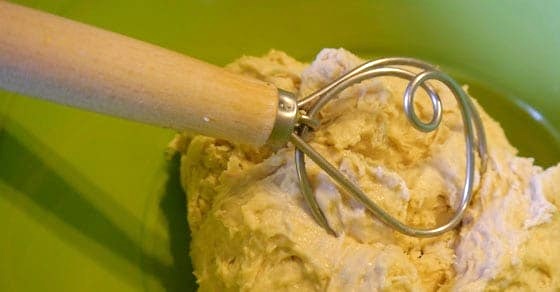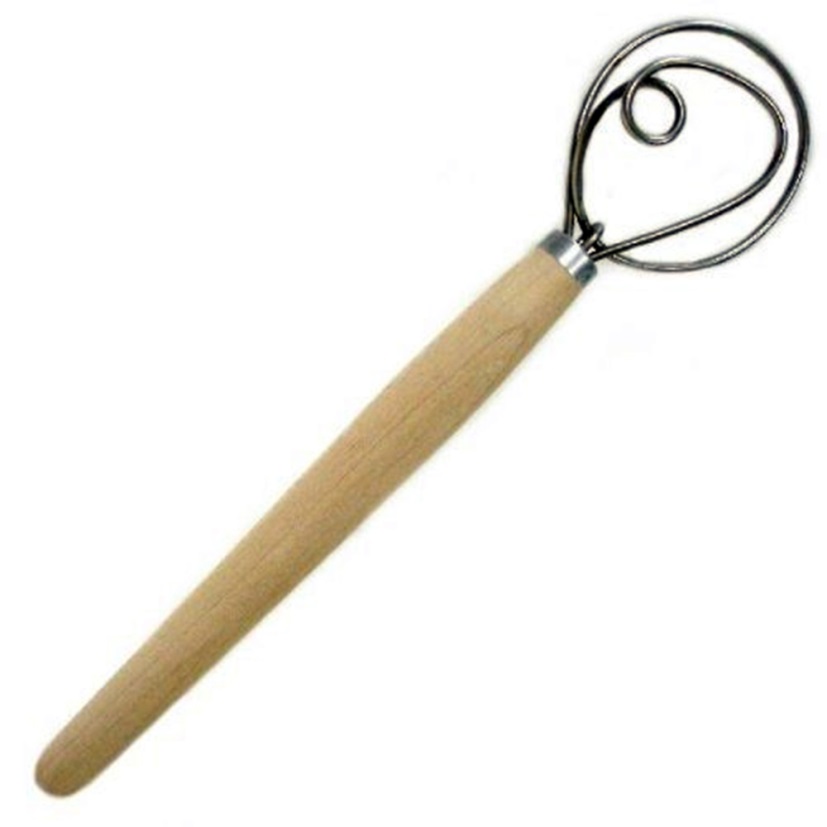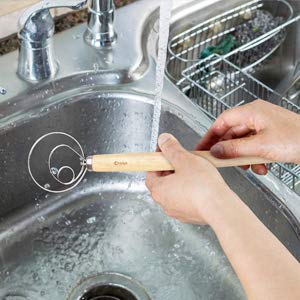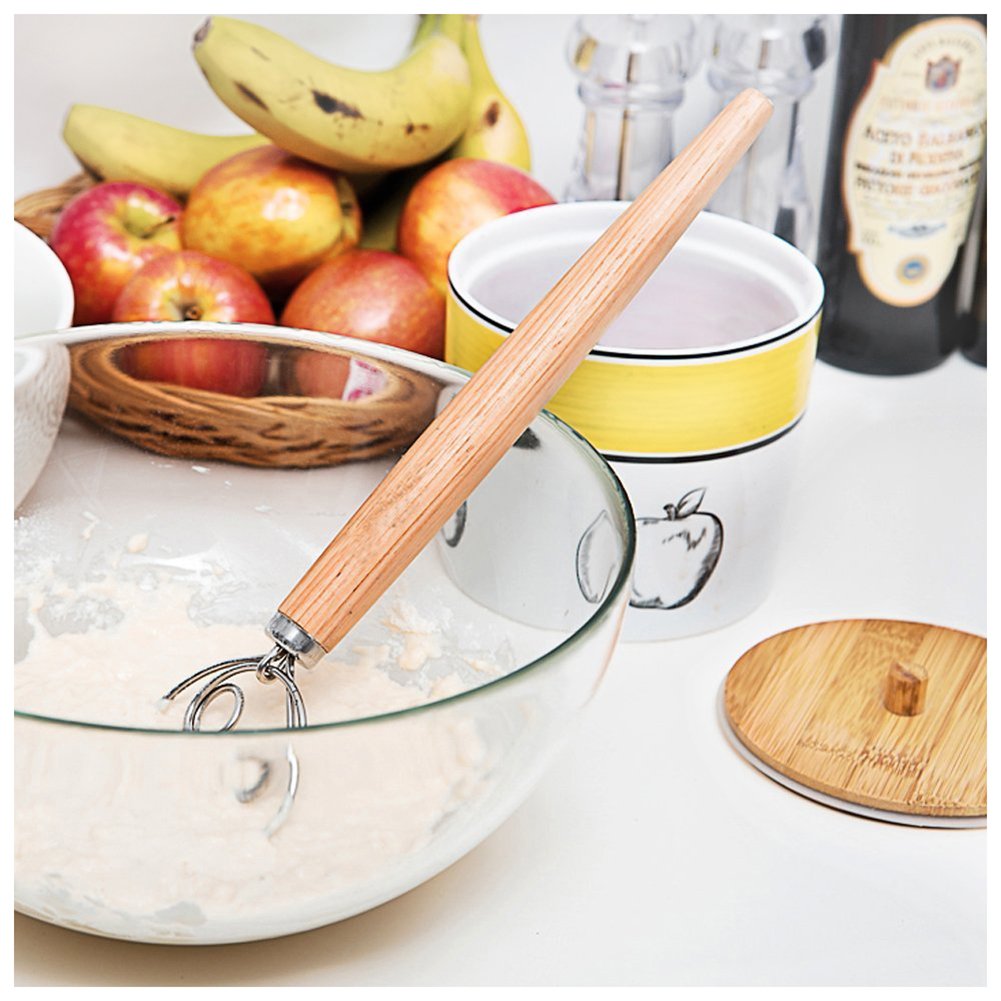One Tool That Belongs In Your Kitchen!
I’m by true vocation a de-cluttering specialist and space manager. I’ve spent most of my adult life studying tiny spaces (what works, what doesn’t, and how to make the most of them). That’s how I happened to find Carolyn Shearlock, author of the great site, The Boat Galley.

It would be hard to find tinier spaces than those on a mono-hull or catamaran. Carolyn knows, because she’s lived on one for over 18 years. And this savvy lady has some good advice for cooking in tiny spaces. One piece of advice she gives that I’m sharing with you, is regarding a tool she says absolutely belongs in your kitchen (tiny or not).
She says this, “It's important to have good hand-mixing equipment. And a spoon just doesn’t cut it. Neither does a plastic or silicone spatula. So what does? A funny-looking implement called a Danish Dough Whisk!”

Despite being called a “whisk,” it’s nothing like the whisks that you’re probably more familiar with. Yes, it’s made of wire, but it’s a very heavy wire that doesn’t bend or give even when working with very heavy dough.
It’s advertised for making bread, and it is absolutely great for that. But it’s also wonderful for hand-mixing any sort of dough — cakes, cookies, brownies, coffee cake and so on. Carolyn says she’s used it for all of those things and it’s now her “go-to” mixing spoon.
After reading her advice, I purchased this tool, have been using it for just about everything, and must agree with her. For years I’ve been using Aunt Annie’s mixing spoon that I was so lucky to inherit. But I don’t use it as much now. The Danish dough whisk is easily my favorite “go to.”

It’s extremely sturdy and is less tiring on my arm than a regular spoon when mixing heavy dough. And my experience is that there’s less bread dough that sticks to it than would stick to a spoon. It also does a better job than a spoon of beating eggs “until light and fluffy.”
But are there other uses? Yep. This tool does a terrific job of mashing potatoes and avocadoes for guacamole as well.
Carolyn says that the only thing she still prefers a spoon for is creaming butter (or shortening) and sugar, then she switches to using the dough whisk for the rest of the mixing. I’ve found the same thing; a spoon does do a better job of creaming fat.

The only drawback to the Danish dough whisk is that it can be a little harder to clean than a stainless steel spoon. But to me (and Carolyn says the same thing), it’s a worthwhile trade-off for the better mixing ability.
I noticed the oodles of replies Carolyn got to her Danish dough whisk article were also in favor. Everyone agreed that it was the tool-of-choice when you’re not in the mood for, or don’t have the time to pull out “the big guns.”

So in closing, I’ll add my stamp of approval to Carolyn’s and all her readers. The Danish dough whisk is definitely one tool that earns its space in your kitchen (tiny or otherwise)!
- www.theboatgalley.com
- www.amazon.com
- www.thebakerskitchen.net
- www.amazon.com
 Alice Osborne
Alice Osborne
Weekly Newsletter Contributor since 2006
Email the author! alice@dvo.com
